As a dog owner, having your furry friend on your hiking adventures is pretty cool.
However, this can be a daunting task if done wrongly. Hiking with your furry friend requires having your dog's needs, your own, and those of other trail users at heart.
You must make sure your dog is in proper physical and mental condition for a hike.
How do you do this?
We answer that in this article. In this post, we discuss a few tips on successfully hitting the trail with “man’s best friend.”
Here's what you'll learn:
Let's get into it.
Table of Contents
- Tip 1: Make Sure Your Dog Can Hike
- Tip 2: Make Sure Your Dog is Hike Ready
- Tip 3: Make Sure You Understand the Rules and Regulations of the Trails
- Tip 4: Plan your Dog’s Food and Water Needs
- Tip 5: Pack a Bag for Your Dog
- Tip 6: Practice Leave No Trace
- Tip 7: Consider Buying a Dog backpack
- Tip 8: Research on the Hazards and Dangers Your Dog Might Face on the Trails
- Now Go Forth and Enjoy the Trails with Your Furry Friend
Tip 1: Make Sure Your Dog Can Hike
Not all dogs are capable of the intense physical activity associated with hiking. Some breeds, especially the short-muzzled ones, aren't suitable for hiking activities. These dogs have low endurance and are likely to struggle with the heat especially if you’re hiking in the summer.
However, breeds developed for hunting, such as Terriers and Hounds, will be able to keep up with you even on the most strenuous terrain. Beagles, Miniature Schnauzers, and Bichon Frise are also good choices because they are energetic and agile on the trails.
Tip 2: Make Sure Your Dog is Hike Ready
Before heading out for any trail, make sure your dog is in good shape to keep up with you. One of the first considerations to look out for, is the age of your dog. Depending on its size, a dog is ready to hike once it is over a year old.
Other than the age, you also need to ensure your dog is well trained for a hike.
How do you do this?
Pre-hike Readiness
Train your dog by letting it run around before turning him loose on the trail.
You can also practice with your dog by hiking a couple of miles near home, park, or in the woods. Continue increasing the distance till you reach your desired trail length.
Train your Dog Obedience and Trail Etiquette
Your dog barking, running, and chasing after other dogs or trail users can be a problem. Your pup will most likely want to run and explore along the trails.
Keep him close by, at least until he understands where you want him to be. You can do this by training your dog to walk on a leash. This way, you always have complete control over where he goes.
Any time your dog tries to go off-trail, pull on the leash to bring him back, call out their name, or command for attention before he gets too far away from you.
Consult your Vet
Ask your vet if your dog is ready for the hike.
One of the things to ensure your dog is up to date with is vaccines. Make sure he or she has been inoculated against distemper, parvovirus, and rabies. If you plan on hiking in an area with a lake or river, get your dog vaccinated against Leptospirosis.
If the vet says your dog is ready, you are good to go.
Tip 3: Make Sure You Understand the Rules and Regulations of the Trails
When hiking with your dog, you must obey the rules and regulations of the trails.
In national parks, pets are allowed in most areas but not everywhere. In some areas, you're allowed to let your dog off the leash at some times of the day.
However, pets are prohibited from entering wildlife sanctuaries and lakes in many state forests, although they're welcome in state parks.
Before leaving for your trip, do some research to familiarize yourself with the rules and regulations of trails you plan on hiking.
Tip 4: Plan your Dog’s Food and Water Needs
Go for dry foods which are rich in proteins and fats. This will help maintain your dog's energy levels. Feed your dog regular but small portions.
Carry an additional 20 pounds per meal in addition to what you feed your dog. If you plan on going for a long hike, consider dehydrated foods which weigh less.
What about water needs?
For large dogs, water intake will be 0.5 to 1.0 ounces of water per pound per day. For a dog 20 pounds and below, 1.5 ounces of water per pound per day.
Check out for dehydration signs, including nose drying to make sure your dog drinks plenty of water. Make sure your dog doesn't drink from just any water source to prevent it from getting sick.
Tip 5: Pack a Bag for Your Dog
When packing your backpack, make sure to also include gear for your dog. Some of the things to add to your gear include::
- First Aid Kit: Pack a first aid kit and ensure that it contains tweezers, bandages, and antiseptic cream. Make sure you know how to use the equipment.
- Water Container: Carry a water container with you and fill it up along the way. If your dog isn't used to drinking out of plastic, use bottles with built-in straws or special pet bottles that can be attached to the leash.
- Treats: Just like you'd pack snacks for yourself, pack treats for your dog
- Tent: You are not alone on this trail. Therefore, your one-person tent may not be sufficient. Make sure your tent is big enough to accommodate both of you.
- Sleeping material: Ensure you have enough warm bedding for both you and your dog. You could also buy dog-sized sleeping bags or make one out of wool or fleece.
- A leash or collar: Leashes and collars can come in handy on the trail. They can be used to tie your dog at one spot for a short break or prevent him from going off the path.
- Extra poop bags: This is common knowledge. When going out with your dog, always make sure to carry a poop bag. Keeping your dog's stool out of the way is essential, especially when there is only one set of trails that also leads to a lake or river.
- Pack Towel: Towel your dog dry after a swim or when he comes out of the lake. This will prevent his dirty paws from getting into your car or camping tent.
- Dog Boots: If your dog will be walking over sharp rocks, sand, or ice, you should pack a set of dog boots. This will protect his paws from injury and prevent the hot sand from burning his paws. Using Velcro strips and fabric such as nylon and thick rubber, you can DIY your own booties.
- Nail clippers: Trim your dog's nails before the hike to prevent them from getting caught in debris or dirt. This will prevent injuries and make it easier for your dog to walk.
- Cooling collar: Keep your dog cool on a hot day by putting a few ice cubes in a cooling collar. They can be immersed in water and placed around the neck of the dog to keep him cool.
Tip 6: Practice Leave No Trace
Leave no Trace principles not only apply to humans on hikes but also pets. When backpacking with your dog, it is essential to leave the trails as you found them, if not better. Pick up after your pet.
Burry any poop in 6–8-inch holes 200 feet away from the trails. As explained above, make sure you pack several poop bags to help you clean up after your dog. Don't let your dog pee or poop within 200 feet of water sources like lakes or rivers.
Pack any food you may give your dog along the way to avoid littering the trails with doggie treats and garbage.
Tip 7: Consider Buying a Dog backpack
Dog backpacks come in different sizes and shapes for different breeds.
Before buying one, ask for proof to see how it fits the dog and make sure you introduce it gradually, or else he or she will hate wearing it. The dog pack should not weigh more than 25% of your dog's body weight. Remember to consult with the vet.
For the best fit, measure your dog's chest circumference around the widest part of the rib cage and adjust the straps till you get the perfect fit. Make sure it is neither too tight that it crushes your dog's ribs nor too loose that it falls off.
Train your dog on how to carry the pack. First, start by letting your dog carry it when empty around the house. Next, add some weight evenly on both sides and let it walk around the house.
Introduce walks as you add more weight to the backpack until the desired amount of weight is reached.
Tip 8: Research on the Hazards and Dangers Your Dog Might Face on the Trails
Before embarking on any hike, it is essential to note that your dog is susceptible to tons of dangers out in the wild. Carry out extensive research on these hazards and have solutions for them beforehand.
Familiarize yourself with the locations of the nearest vets and helpline numbers in the vicinity.
Some of the dangers may include:
- Pests and creatures including scorpions, ticks, snakes, bears, coyotes, and mountain lions
- Poisonous plants such as poison oak and ivy, wild parsnip.
- Dangers in the water including as shallow water, currents, and sea creatures including jellyfish
- Dangerous hiking trails: some backpacking trips may take your dog to an area with hazardous trails, sharp rocks, or slippery slopes. Some trails require you to cross a river. If your dog can't swim, make sure you carry a dog swimming kit. For waters that you're not sure of, carry your dog across.
- Harsh weather conditions and temperatures: Make sure your dog is protected from strong winds, heat, and cold. Keep him hydrated while hiking on hot days and come prepared with a dog's raincoat and booties for sudden showers.
- Over exhaustion: Hiking with your dog for hours in a day may be too much. Check out for signs that your dog is too tired and take breaks where necessary.
Now Go Forth and Enjoy the Trails with Your Furry Friend
There you go
All you need to know about hiking with your dog. As you plan on your next hike, your dog doesn't have to be left out. Prepare in advance for the hike, buy all the necessary equipment and go out on that trail and have fun
Do you know of other essential tips to help our readers successfully hike with their dogs? Please tell us in the comment section below.
And if you're looking for high-quality outdoor apparel to ensure you also enjoy your hiking trip, check out our online shop here.
Onwards & Upwards - your friends at Northbound Gear!
Read more

Manitoba may not have the towering peaks of Alberta or British Columbia, but its unique landscapes of lakes, rivers, forests, and prairies offer their own kind of beauty and serenity. Here are the ...
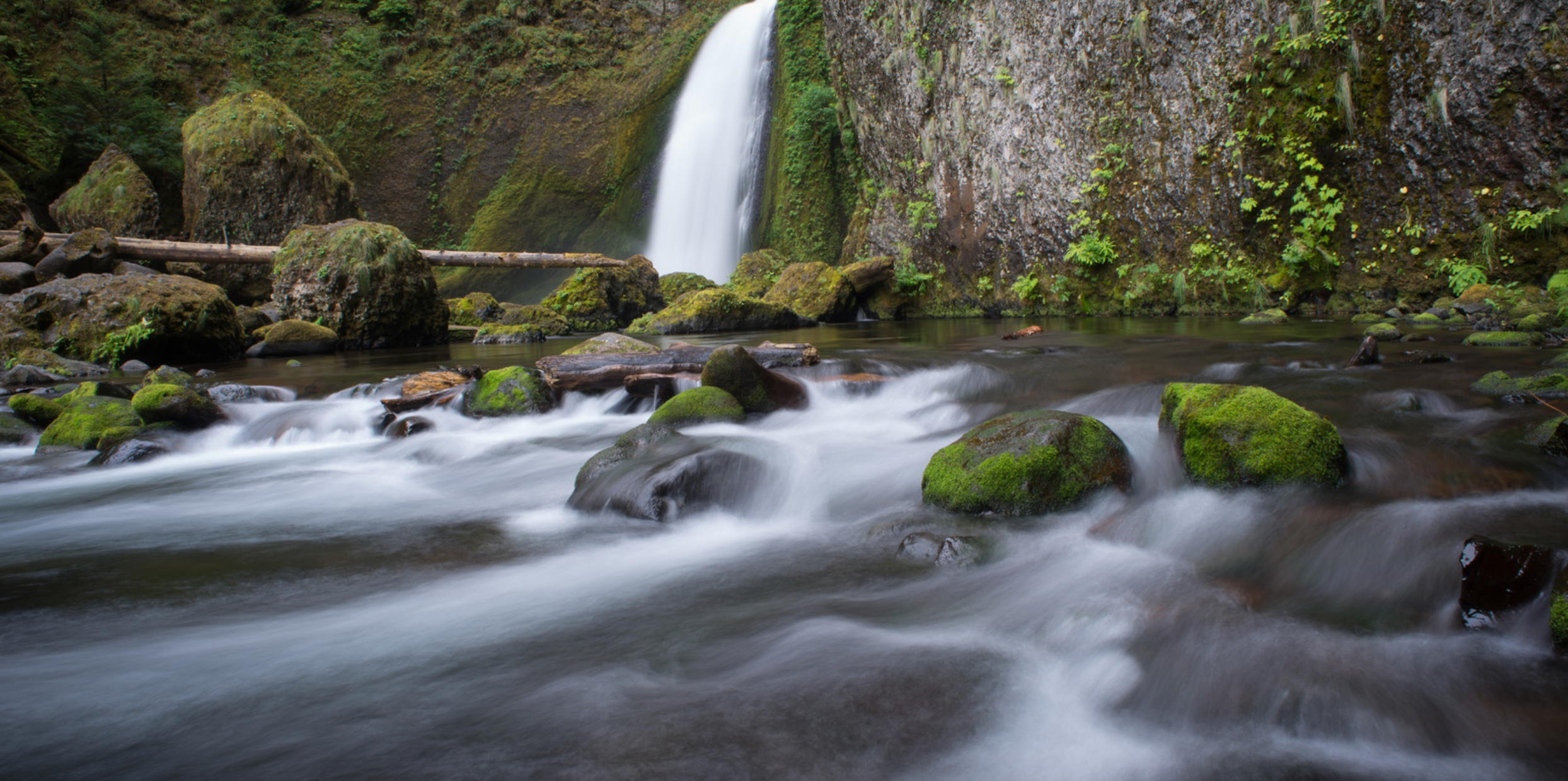
Waterfalls are spectacular marvels of nature. Oregon is blessed to have over 200 waterfalls within its borders. However, since you can’t visit all of them, which are the most spectacular to hike t...


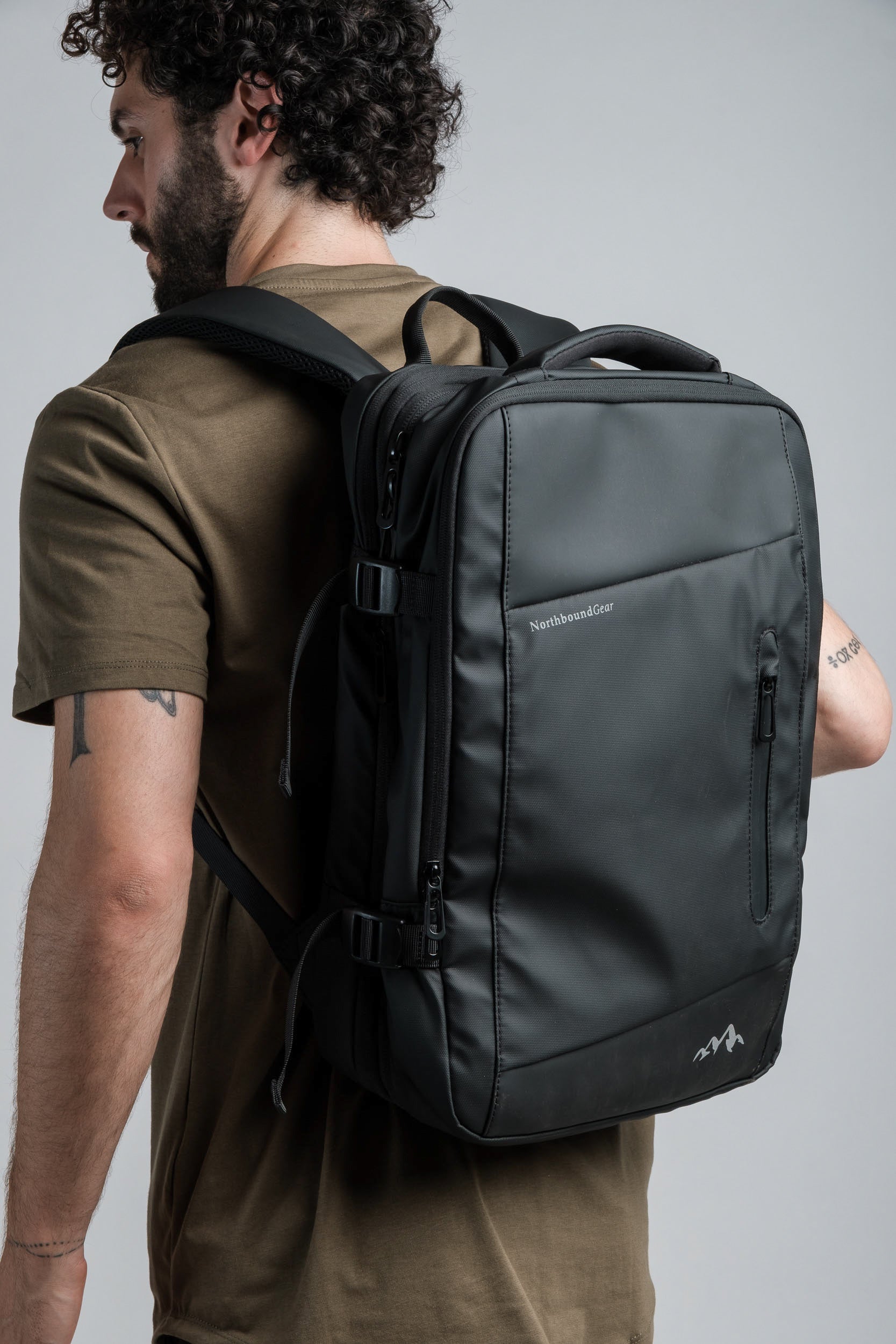


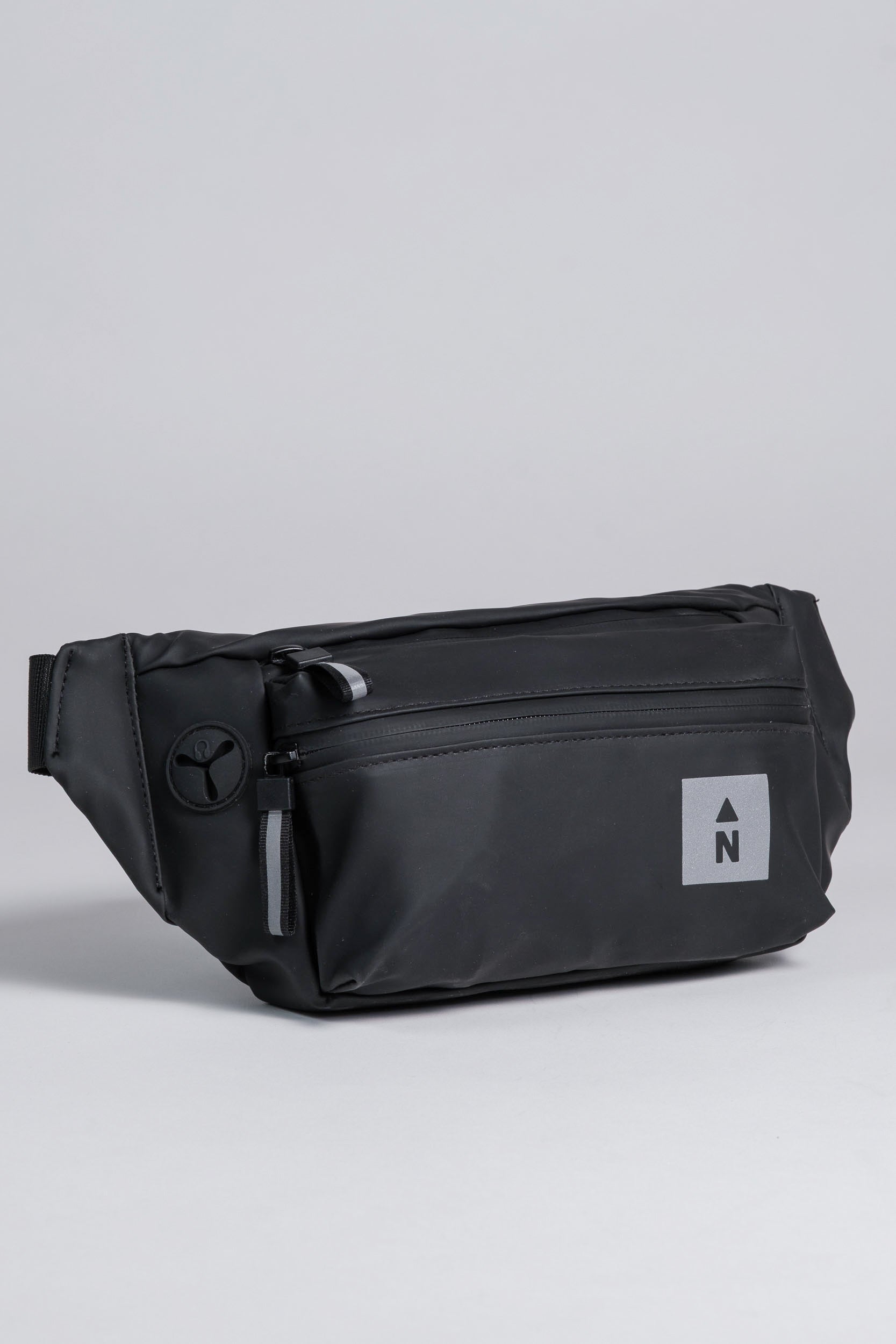
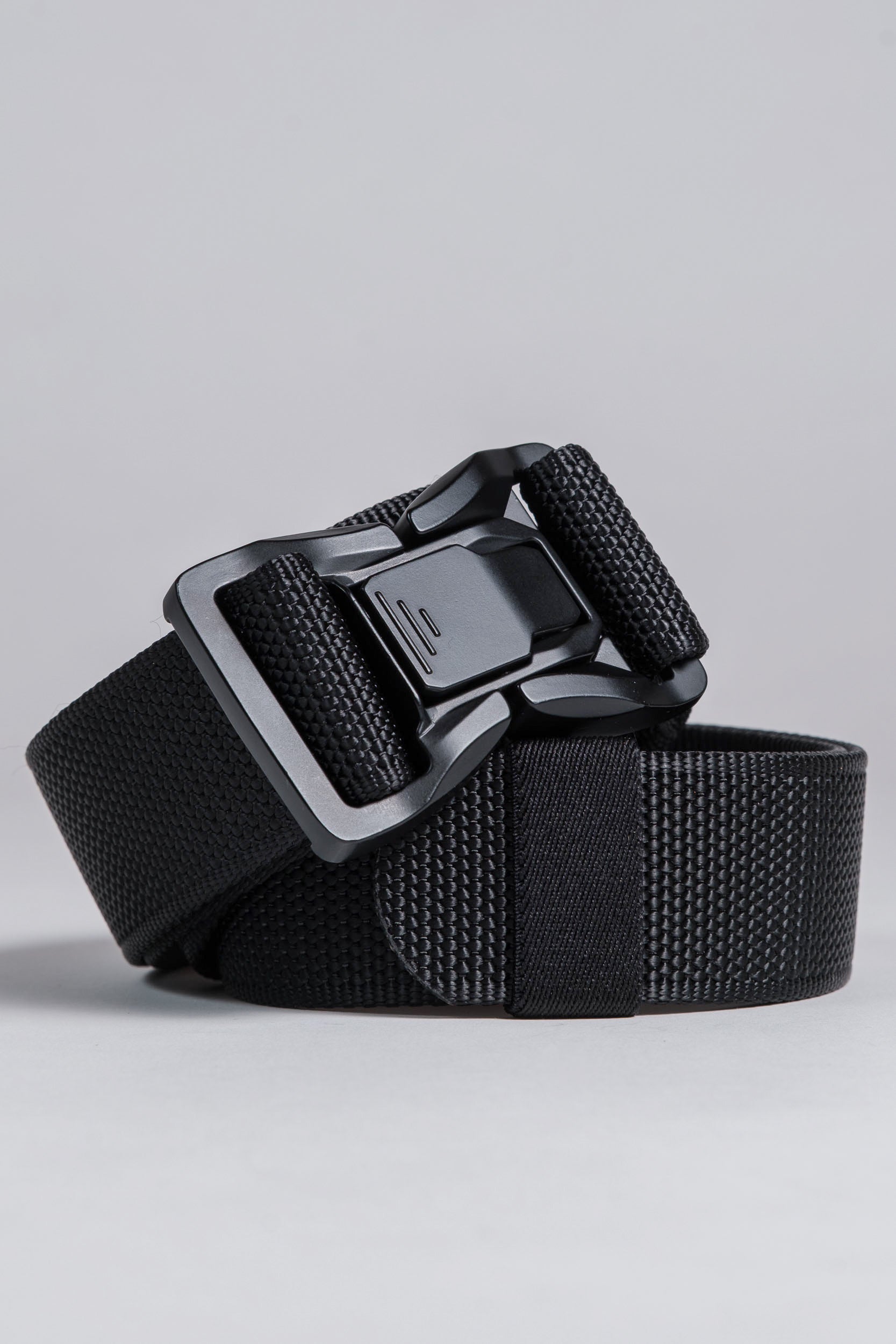
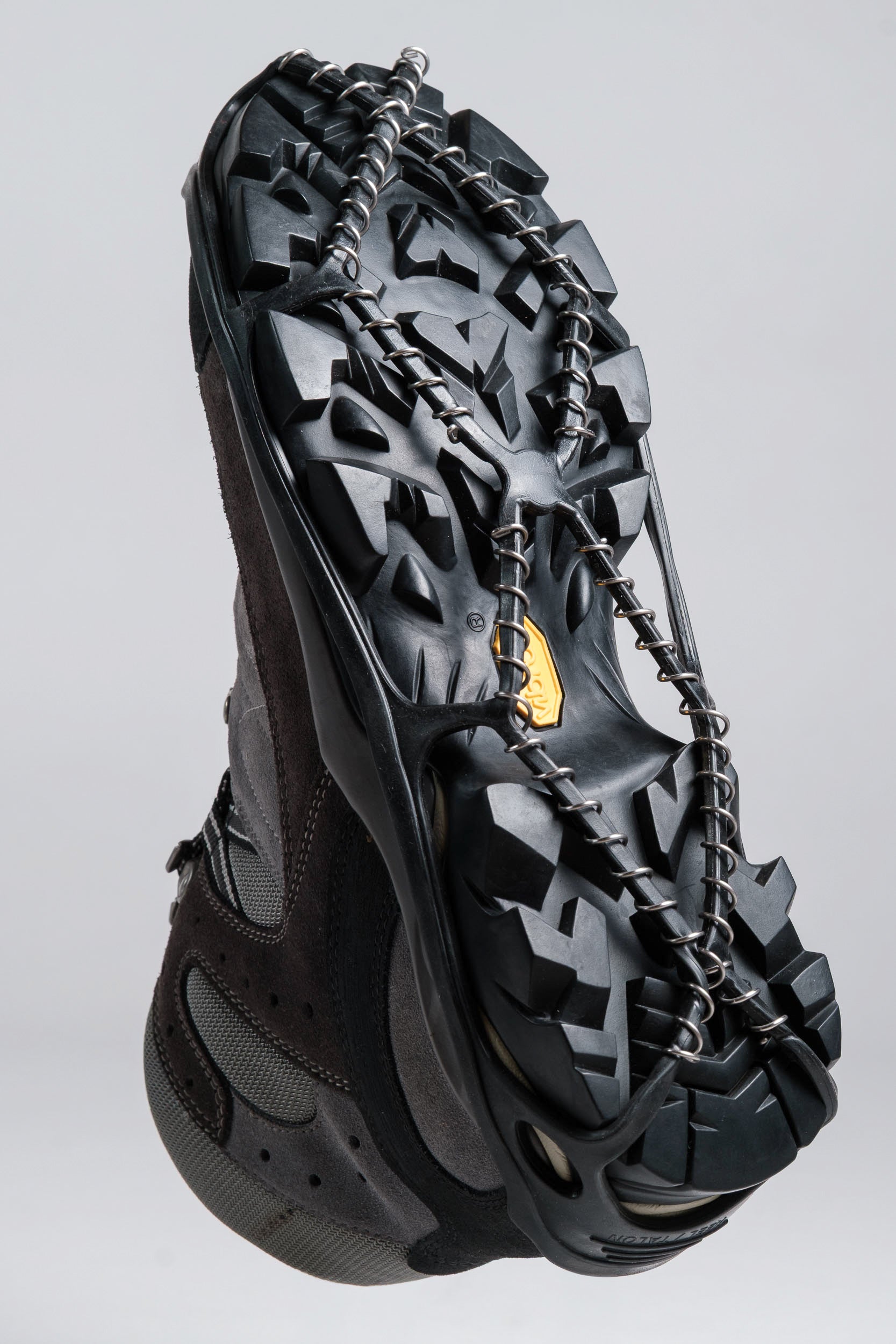
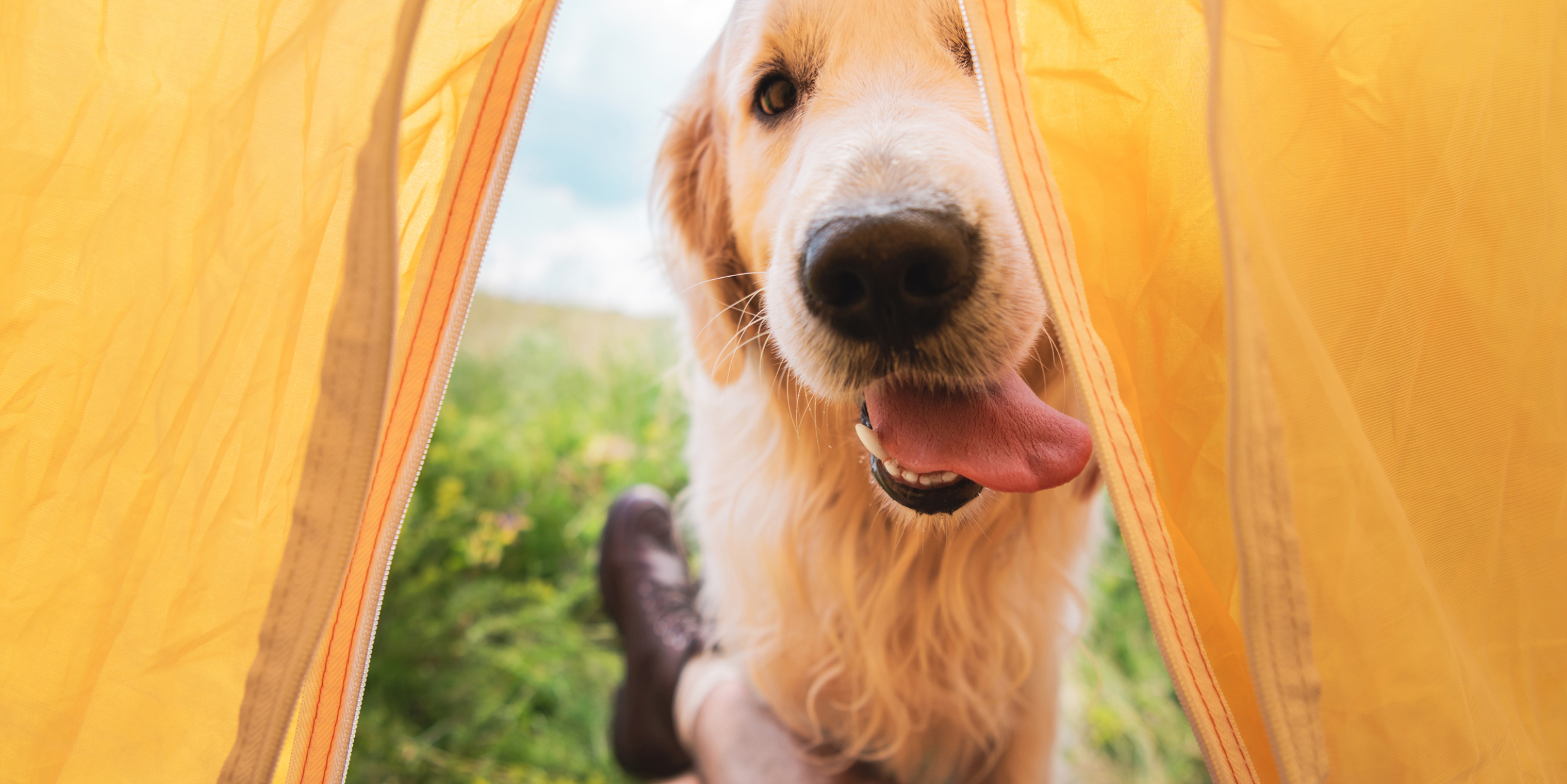
Leave a comment
All comments are moderated before being published.
This site is protected by hCaptcha and the hCaptcha Privacy Policy and Terms of Service apply.